Lockdown has been hard on people. Long periods without meeting friends and family, without working face to face with colleagues, without playing sports, and following our hobbies with other people are sorely missed. We need other people. That is how we are made.
One of our compensations is nature’s beauty, needed and appreciated more in our restricted circumstances. Bird song really cheers especially during spring when many species are in full voice. The Blackcap is particularly evocative of spring, having a varied, sweet, and melodious broadcast. He sings throughout the day in spring and well into summer. Gardens, woods, and hedges are occupied by this modest-looking bird, which appears to be thriving. Goldfinches, Linnets, Song Thrushes, Blackbirds, Chiff-chaffs are very vocal right now, often singing at the same time, making separating their songs tricky.
A rarer sound now is the call of the Curlew, a sweet but haunting call, made all the more evocative when heard drifting across a vast expanse of bog, surely our wildest and loneliest looking habitat. A dreamy, melancholic repeated note, there is just something mystical about the call, something that stirs in the soul.
So much rarer now, the species is numbered at around 130 pairs, a catastrophic crash mirroring the mass destruction of our bogs. The plummeting population of the Curlew and other birds are well recorded but many species are declining without our knowledge, silently vanishing, having no voice for us to notice their plight.
The mass decline and extinction of species from many areas is a stark underliner of our loss and mortality. By replacing natural habitats with agricultural grassland, we exchange the profound for the banal, biodiversity with impoverishment. Our sense of place is altered, affecting us culturally and psychologically. Who can sigh with satisfaction after replacing flower-filled limestone grassland with acrylic green sward nibbled to nothing by sheep? Who beams with pleasure when the character is ripped from the countryside? The ‘blanding’ of our landscapes carries on as I write; there is a hideous human drive, it seems, to ‘improve’ land. The outcome is that we are all diminished and have so much less to leave to following generations.
In butterfly terms, many losses do not show up on distribution maps. The maps are often produced at the 10 km resolution, which does not pick up local extinctions. In some of these 10 km squares, a population of a particular species is confined to a single site but the map gives the impression that the species is well represented in that square. A study by Thomas and Avery (1995) showed that maps at the 10 km resolution probably reflect real declines in only the rarest species, whereas declines of species of intermediate rarity may be underestimated by as much as 85%, and population losses of common species are unlikely to be detected at all.
One species that is now locally scarce but is not showing range contraction on butterfly atlases is the Small Heath. For species that are declining strongly, like the Wall Brown, the 10 km maps are showing range contractions. For butterflies like the Small Heath and Small Copper, To obtain a clearer reading of the status of butterflies like the Small Heath and Small Copper, maps with a more detailed level of resolution are needed. If you can help with recording, please send in your records, according to the details here https://butterflyconservation.ie/wp/records/
Why are declines happening?
Recently, a conservationist who carries out site surveys told me that he is seeing “habitat destruction everywhere” he looked. One does not need to look hard to see this depressing situation. Here are just some examples of habitat destruction and some butterfly losses arising.
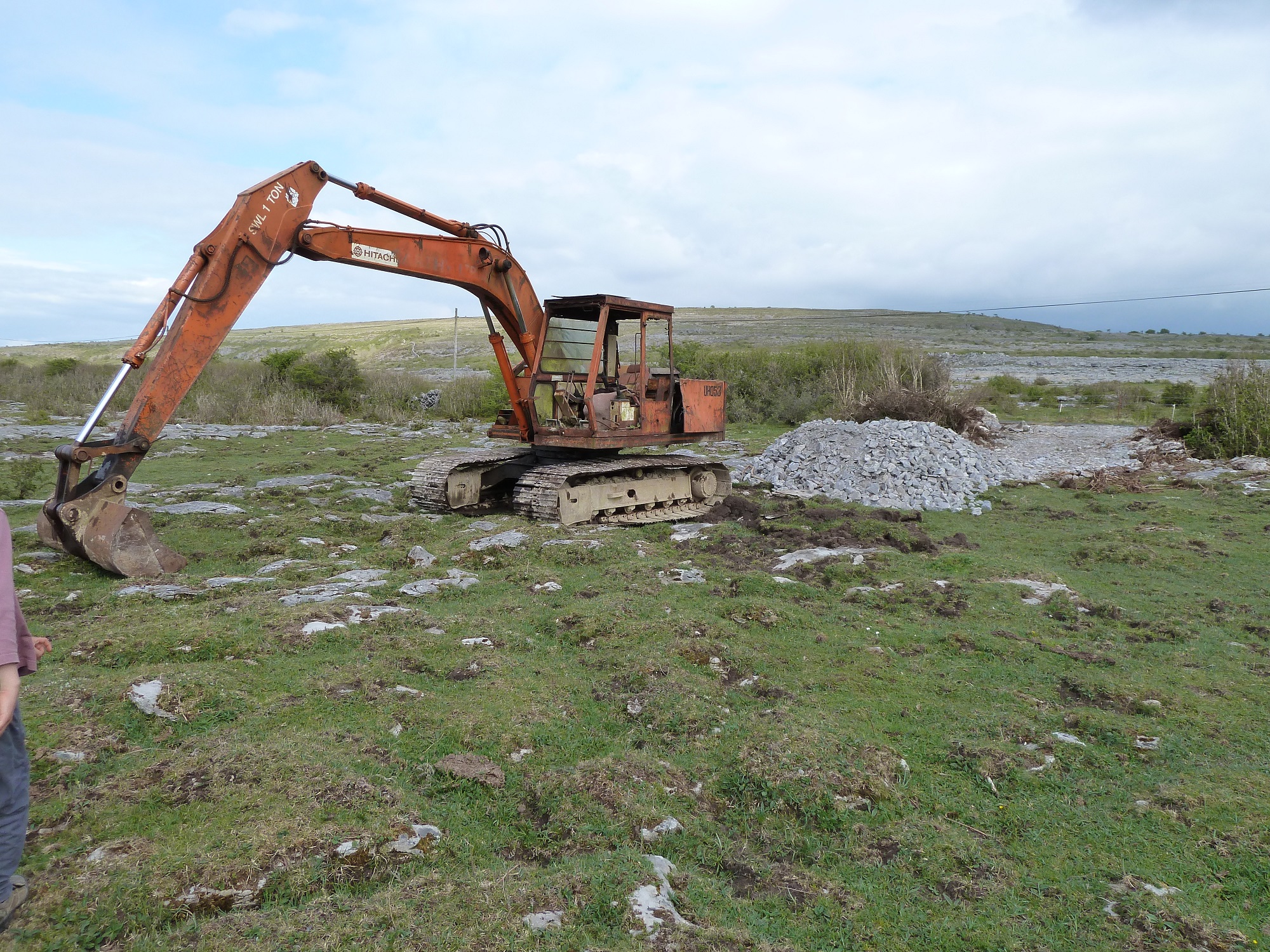
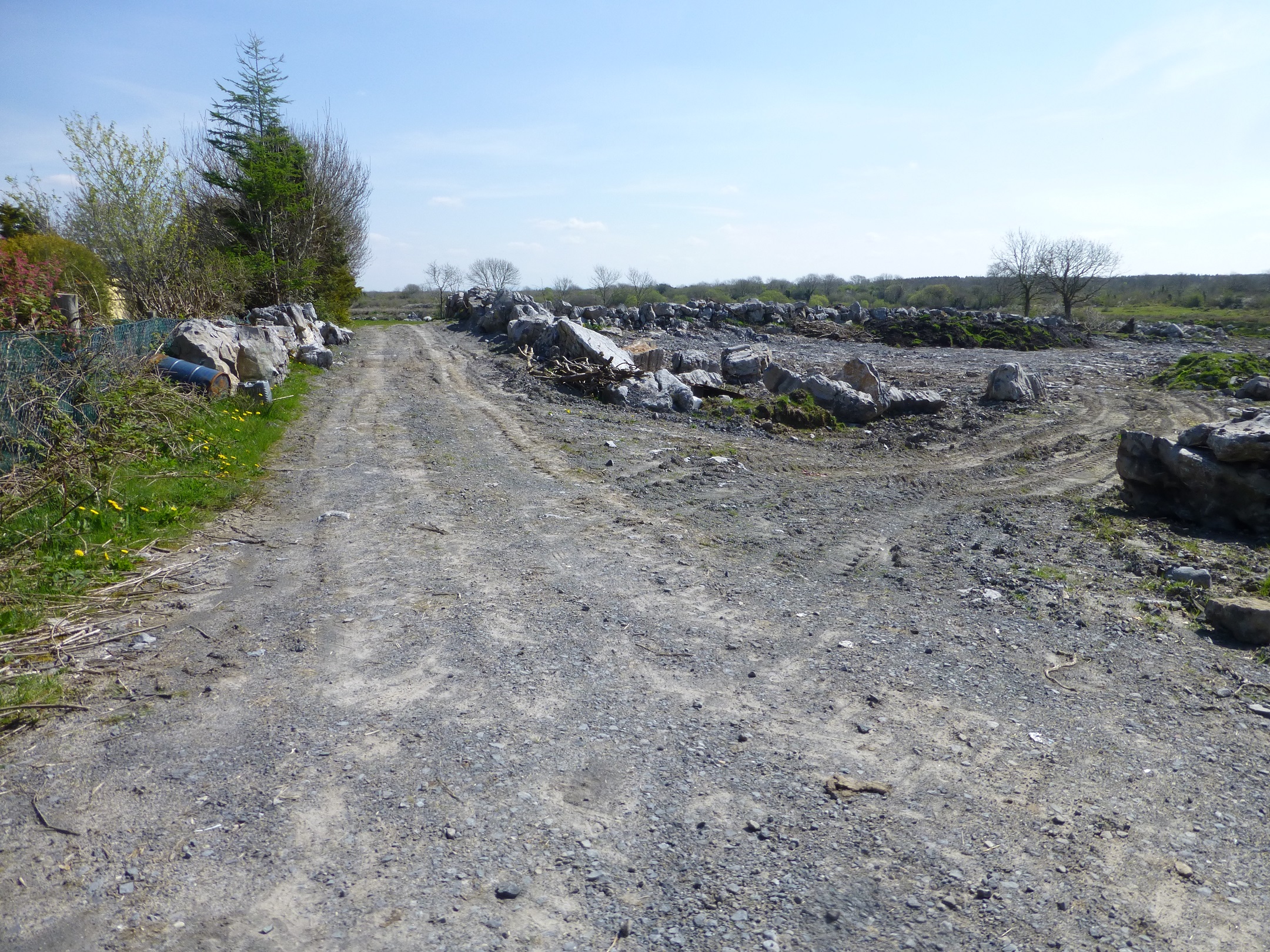
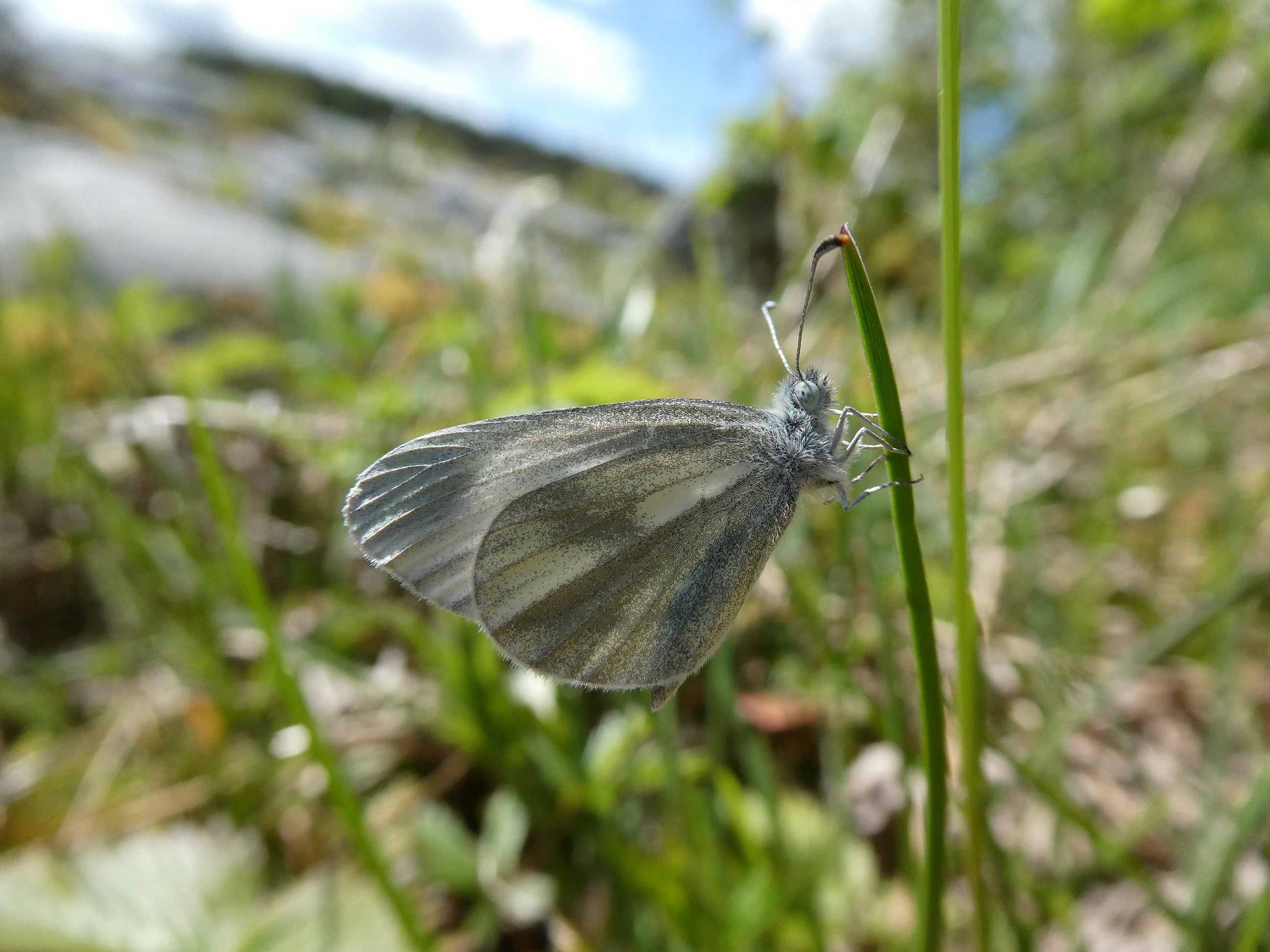
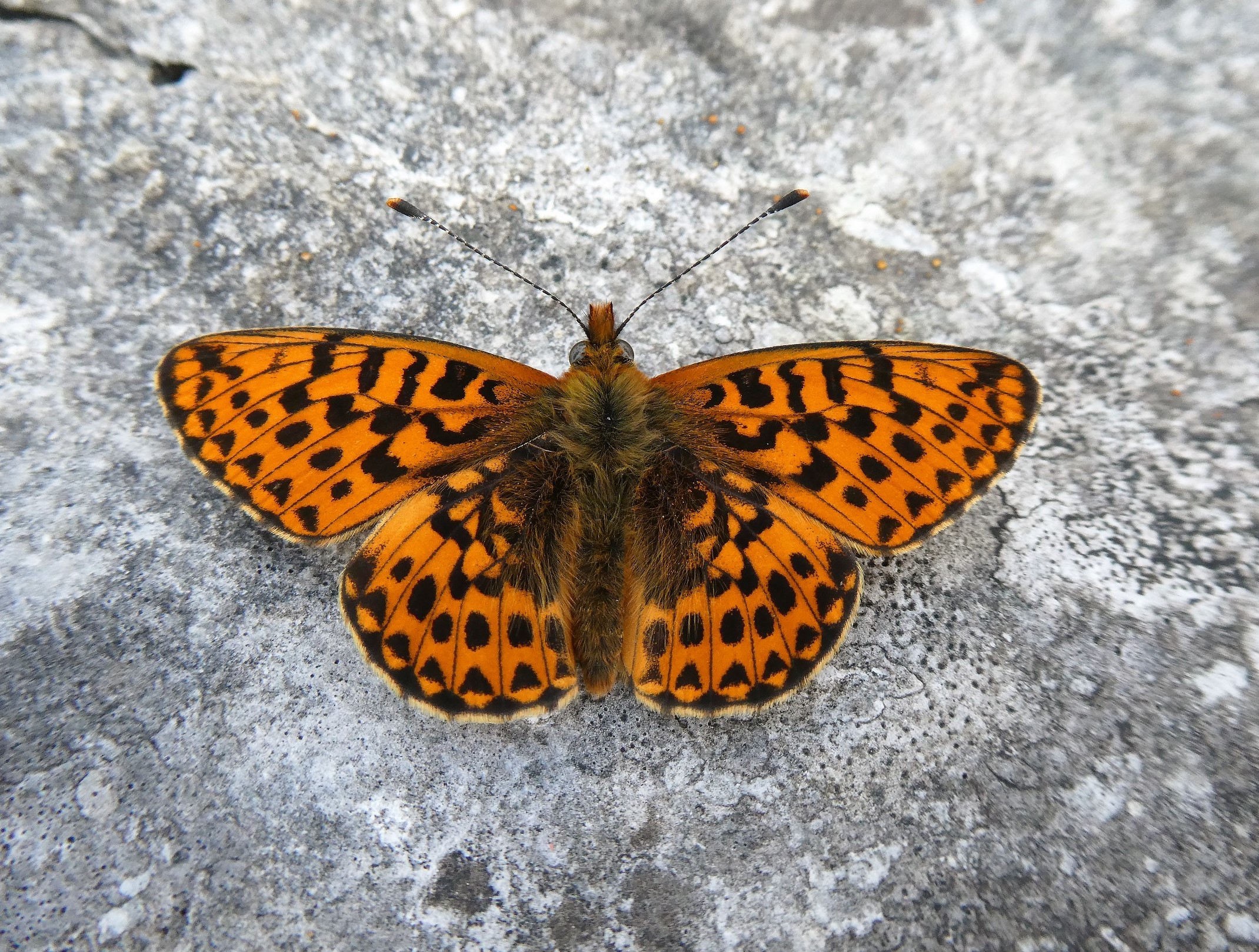
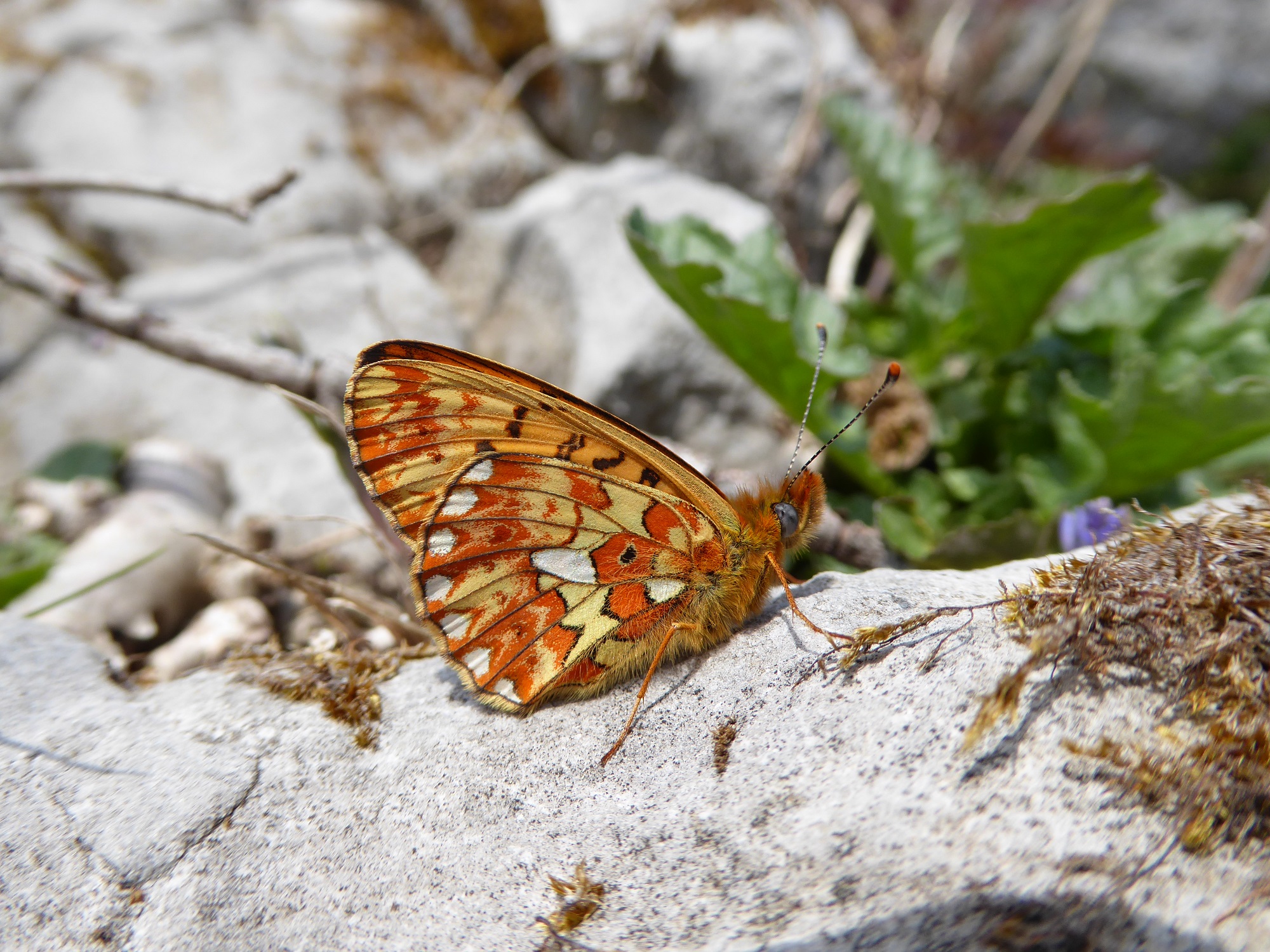
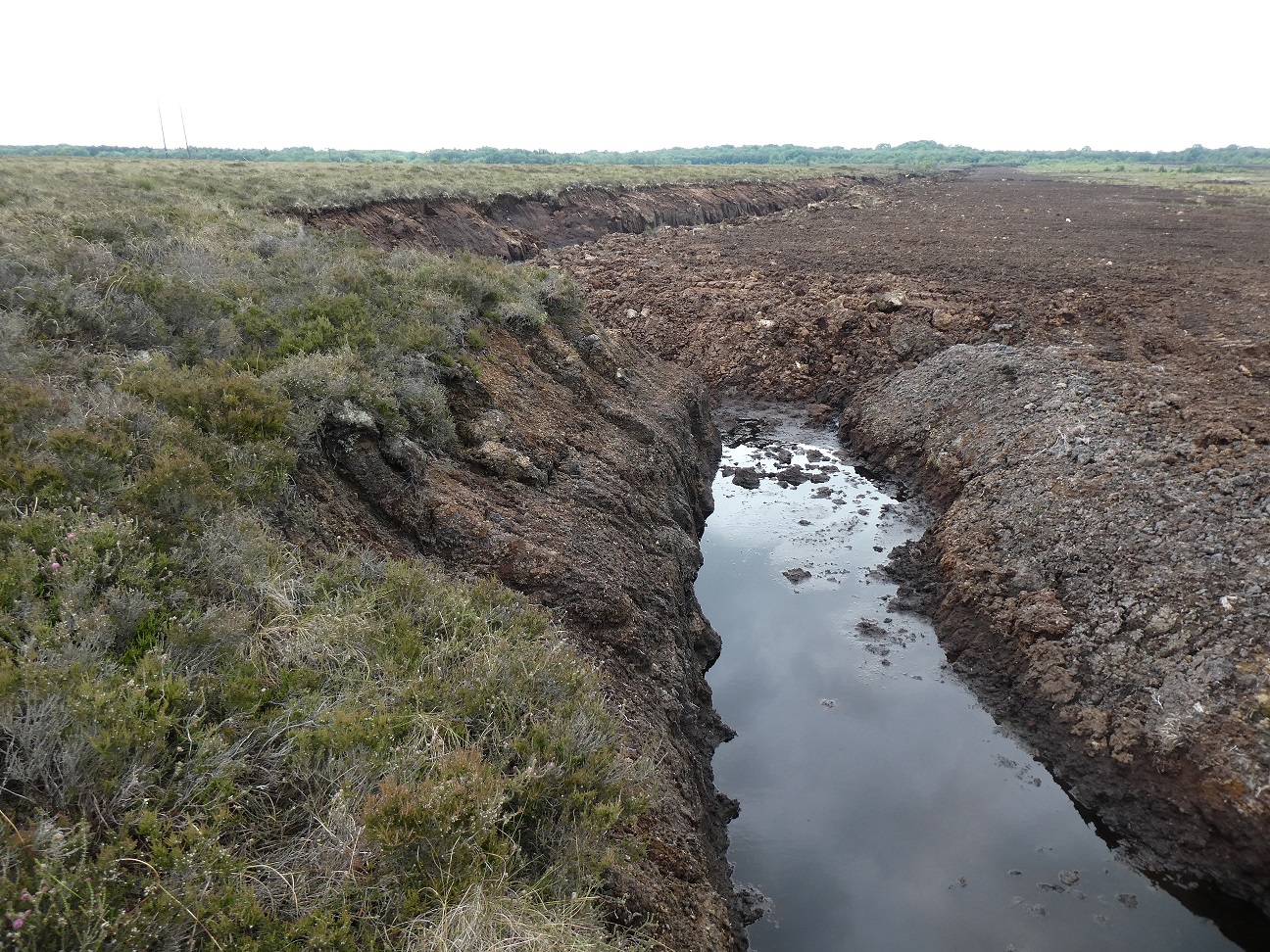
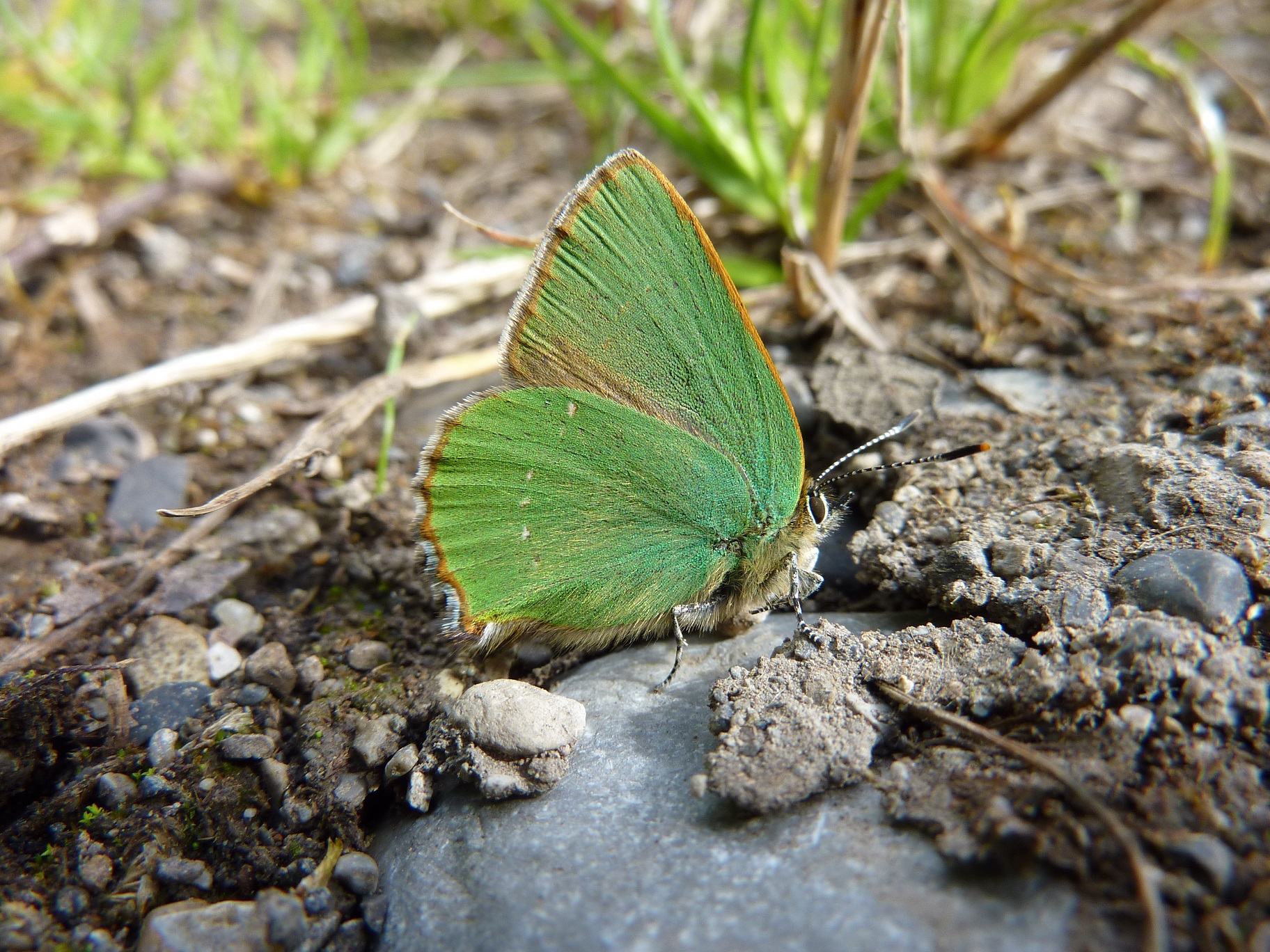
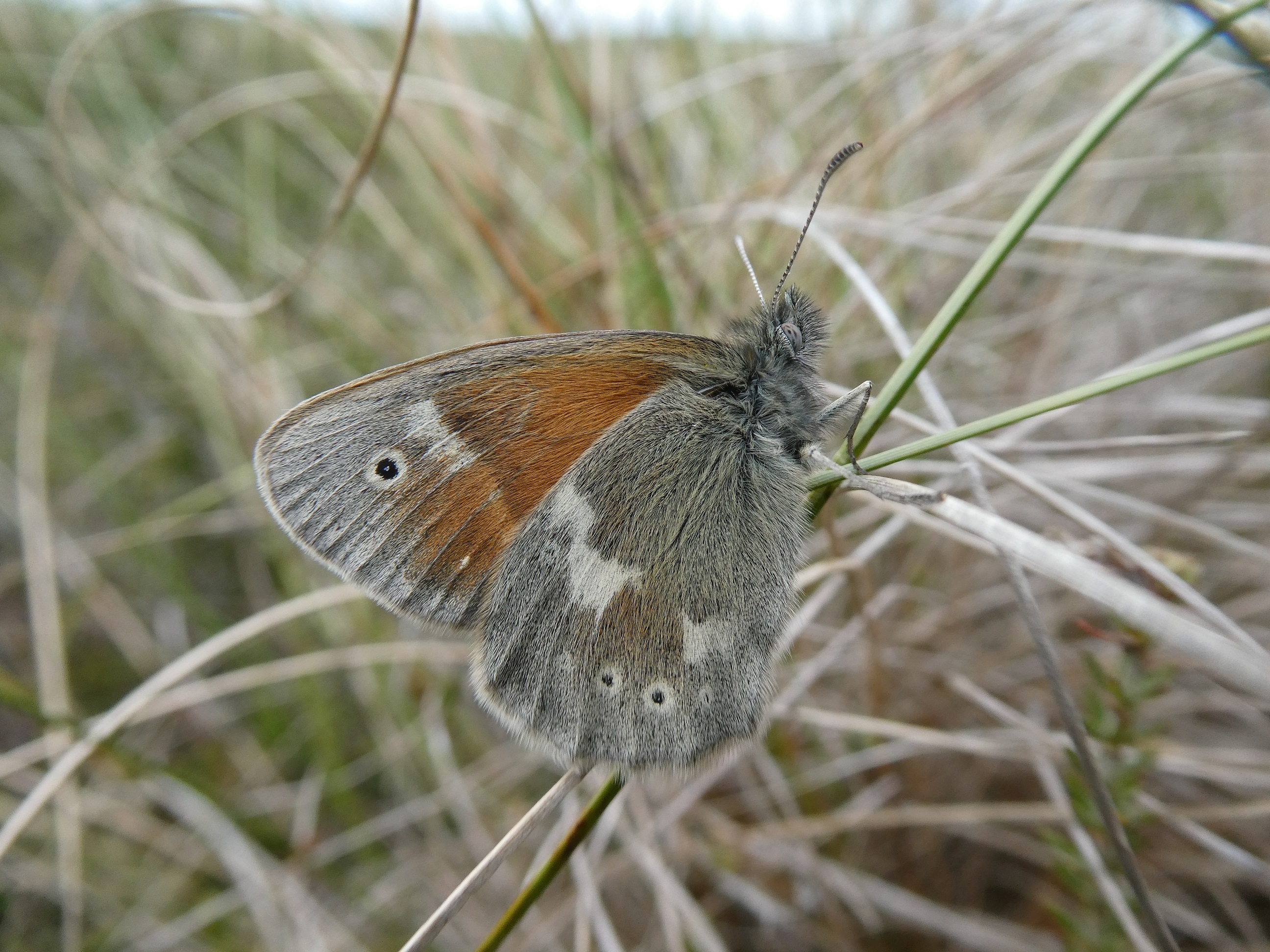
These are just a few examples of habitat damage. But there are many more, including around our own homes. Spraying chemicals to control “weeds” create damage, and this anti-social behaviour, while not as conspicuous as industrial-scale pollution and habitat loss, damages ecosystems too and says so much about our attitude to nature. Conservation starts at home. Let us all play our part.

